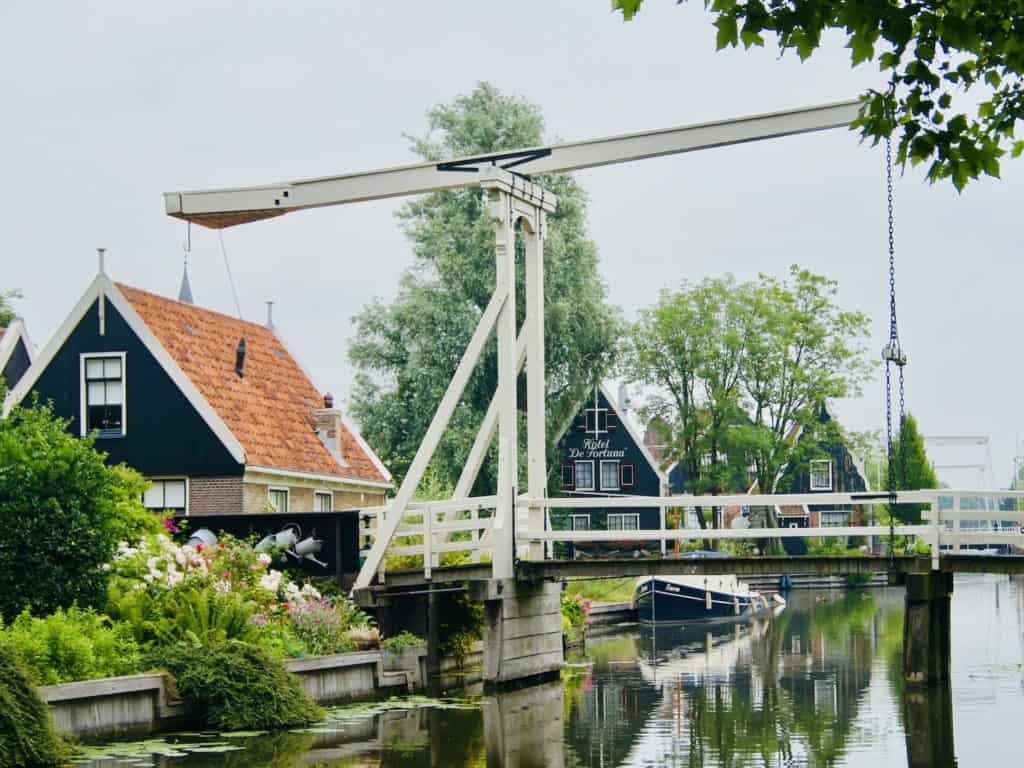This post was written by my husband and trusty travel partner, Pop.
“Off we go into the wild blue yonder, Climbing high into the sun.“
Sound familiar? Yes, those lyrics are the first two lines of the official song of the United States Air Force written back in the 1940s, and it was the perfect introduction to Lolly’s and my visit to the Air Mobility Command Museum located at the southern end of the Dover Air Force Base in Dover, Delaware. This is a great place to check out when visiting the Dover area or as a break from several days of relaxing at a Delaware beach. (It’s about a 45-minute drive north from Rehoboth Beach.)
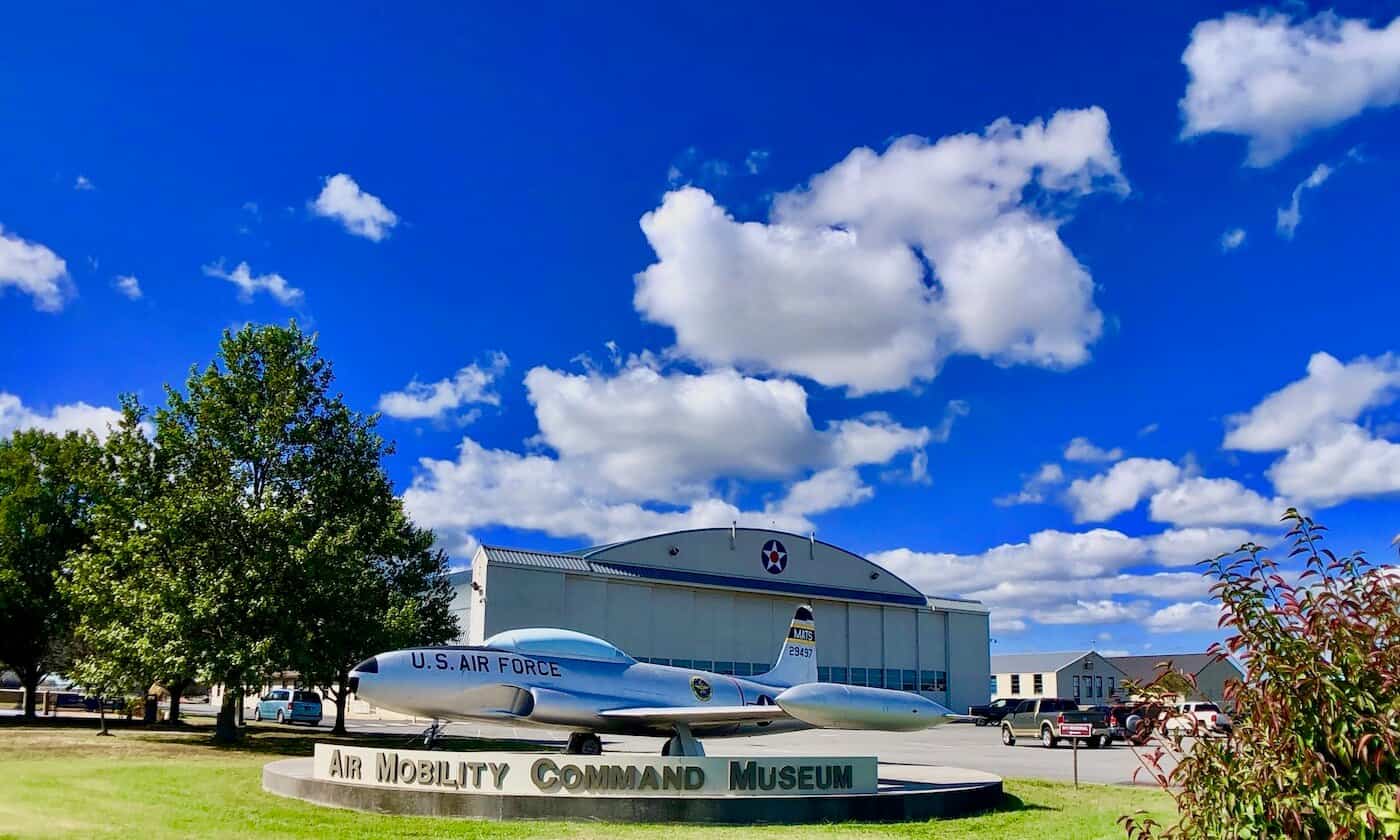
Every so often, the U.S. military will change the name of one of its operational commands. So Air Mobility Command (AMC) may not be familiar to some of you. Rather, you may remember it as the Military Air Transport Service (MATS) or its successor, the Military Airlift Command (MAC). But, in 1992, AMC became the operational designation.
If you are within a few hours of Dover, truly consider making the trip to this incredible place. Admission is free and it is easy to reach. The ARCM is roughly organized into three areas:
- an internal aircraft hanger that basically charts the evolution of the U.S. Air Force,
- the outdoor aircraft display of over 30 aircraft ranging from short-range DC-9 Air Force One to two C-141 Starlifers to a gigantic C-5A Galaxy, and
- the air traffic control tower.
Each of these three areas is supported by retired air force volunteers who will fill you in regarding what you are looking at (there are a lot of interesting things to look at) and answer your questions.
The Internal Aircraft Hanger
The hanger itself is organized into three categories: actual vintage military aircraft, exhibits and displays, and a few flight simulators.
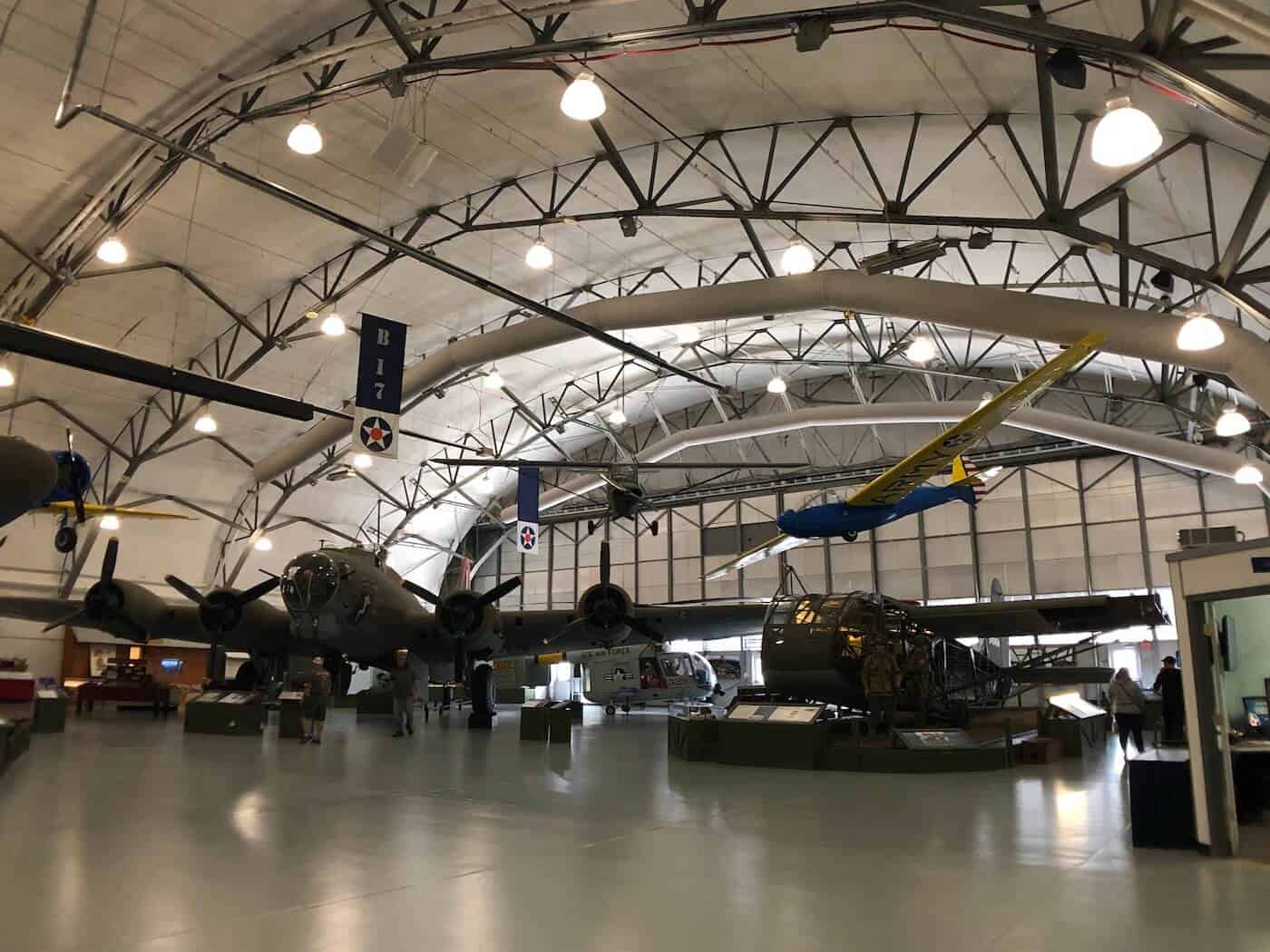
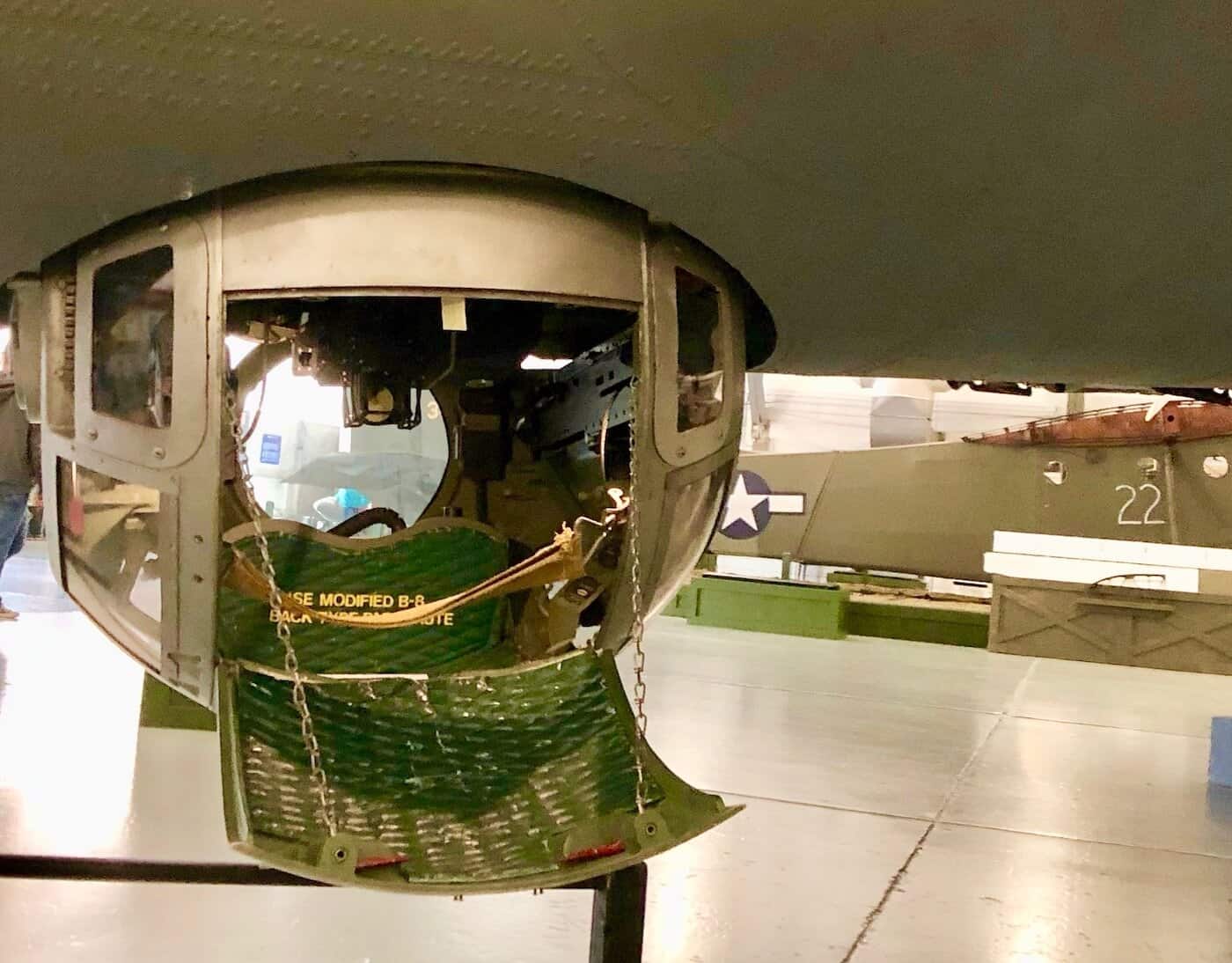
Exhibits and Displays
The interior of the hanger has been renovated in a large “museum” style with most of the exhibits and displays located around its interior perimeter. The exhibits and displays themselves are well done and range from the history and evolution of air warfare in general to history-changing airlifts to the history and evolution of mid-air refueling. Our time at the AMCM was limited, but I could have easily spent a half day just on the exhibits and displays.
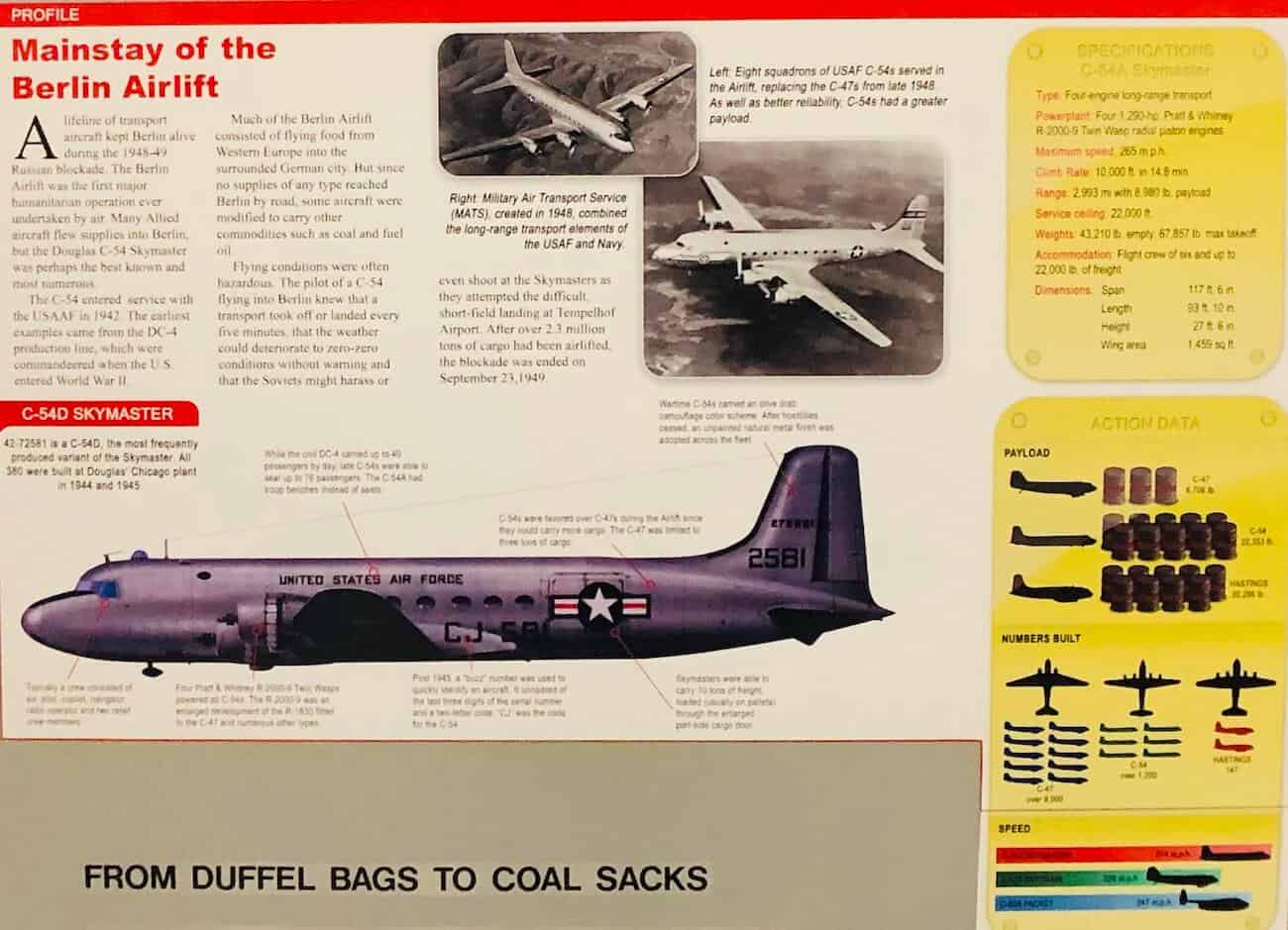

Flight Simulators
The flight simulators are designed to give the visitor a real sense of what it takes to fly a private plane. When “flying the simulator” you are not alone; there is a retired volunteer pilot standing right beside you providing input and guidance during your session. I did not have a chance to try one, but it looked like fun. Give it a try.
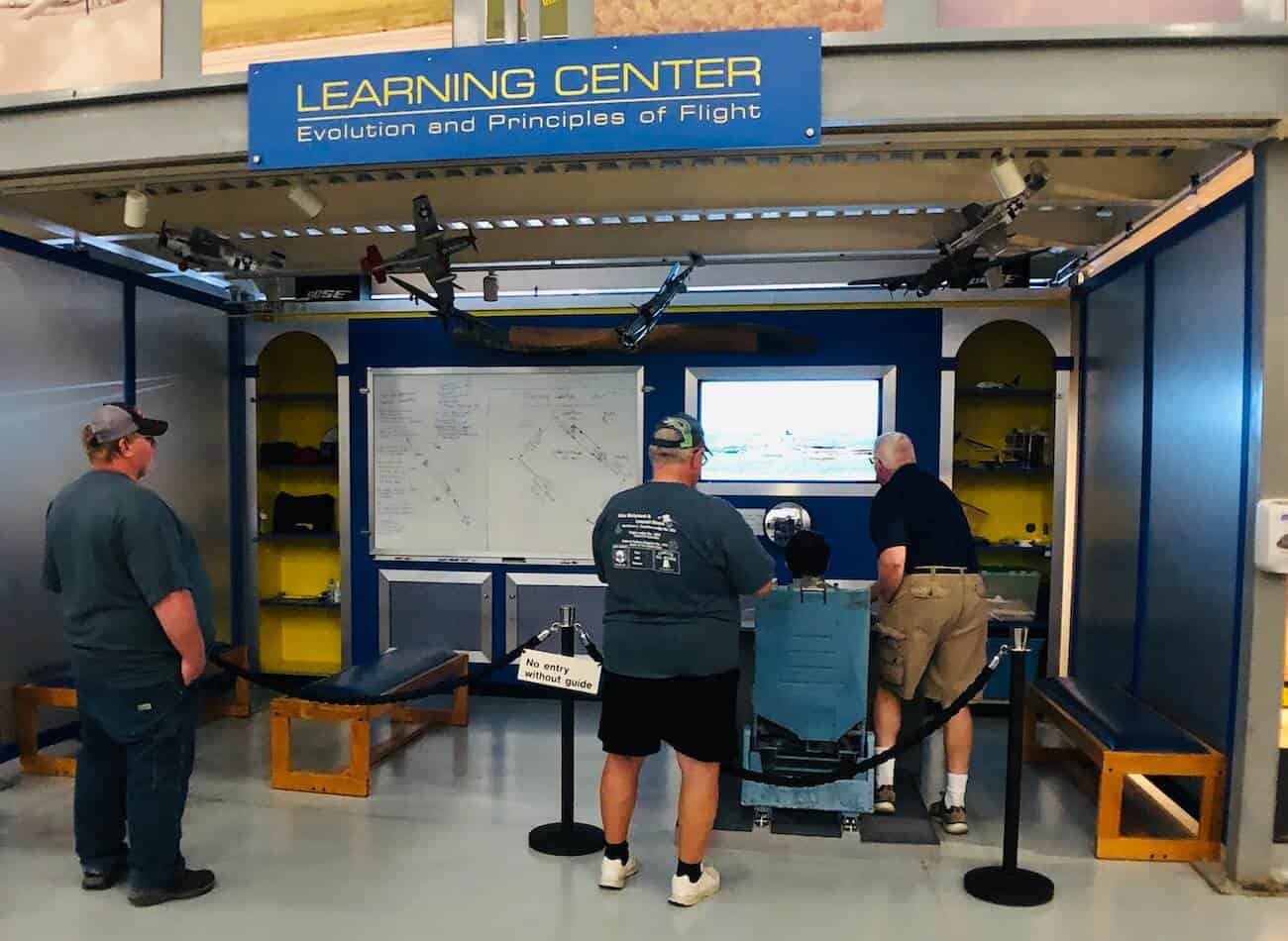
The Outdoor Aircraft Display
The vast majority of the hangar is taken up with vintage military aircraft. The two biggies are a B-17G Flying Fortress World War II bomber and a C-47A Skytrain World War II transport. (Also in the hanger are a CG-4A, HH-43B Huskie, PT-17 Kaydet, Laister-Kauffman TG-4A, and BT-13 Valiant). Simply put, very impressive!
Now, let’s go outside and quickly review the largest display of vintage military aircraft I have ever seen. The list includes:
- C-7A Caribou
- C-9A/C Nightingale
- C-45G Expeditor
- C-54M Skymaster
- C-60 Lodestar
- C-119G Flying Boxcar
- C121C Super Constellation
- C123K Provider
- C124A Globemaster II
- C-130E Hercules
- C131D Samaritan
- C133B Cargomaster
- C-141A Starlifter
- C-141B Starlifter
- F-101B Voodoo
- F106A Delta Dart
- KC-97L Stratofreighter
- KC-135E Stratotanker
- A-26C Invader
- UH-1H Iroquois (Huey)
- T-33A Shooting Star
- C-5A Galaxy
When Lolly and I visited, four or five of these aircraft were open for visitors to actually go through. We learned that there are regularly scheduled times each month when ten or more are open, so check their website for details on that. Otherwise, you can walk around and under all of them.
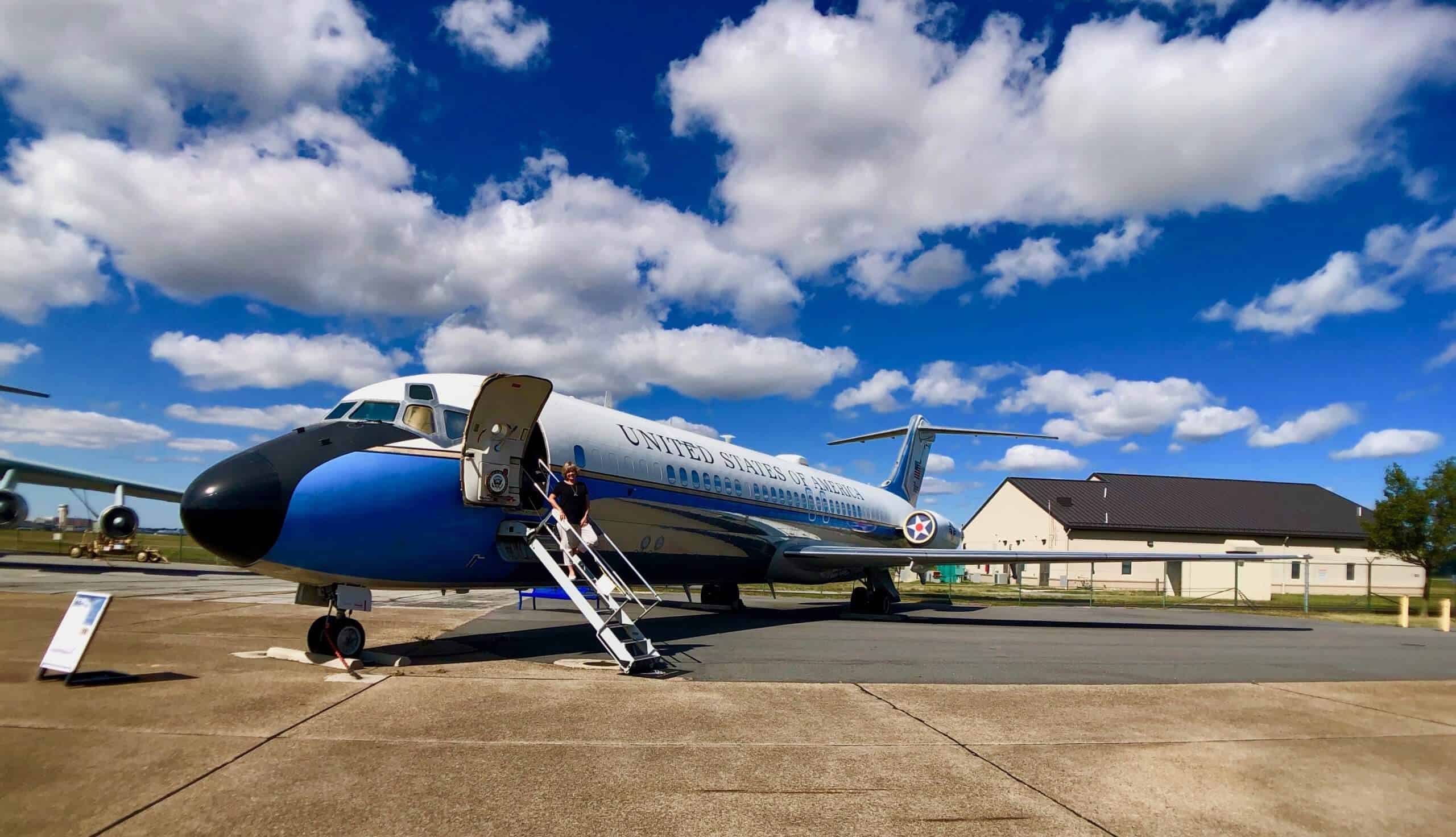
Obviously, regarding the transports and tankers, we were struck by their sheer size. My uncle is an aerospace engineering graduate and a retired executive Boeing engineer. He told me decades ago that the most hard-core aerospace engineers are amazed that these massive hunks of aluminum and steel fly. Yes, they know the mathematics and principles of physics behind it all, but they are still amazed at the scale and performance of these machines. When you walk around these vintage aircraft, you will experience first-hand what my uncle was referencing.
This sense of amazement reached a crescendo as Lolly and I approached the C-5A Galaxy. I remember as a youngster, back in the late 1960s, the press reports regarding the development and initial flights of, at that time, the world’s largest airplane. I also remember the countless times Lolly and I have seen a C-5 flying as we passed by the Dover Airforce Base on our way to the southern Delaware beaches.
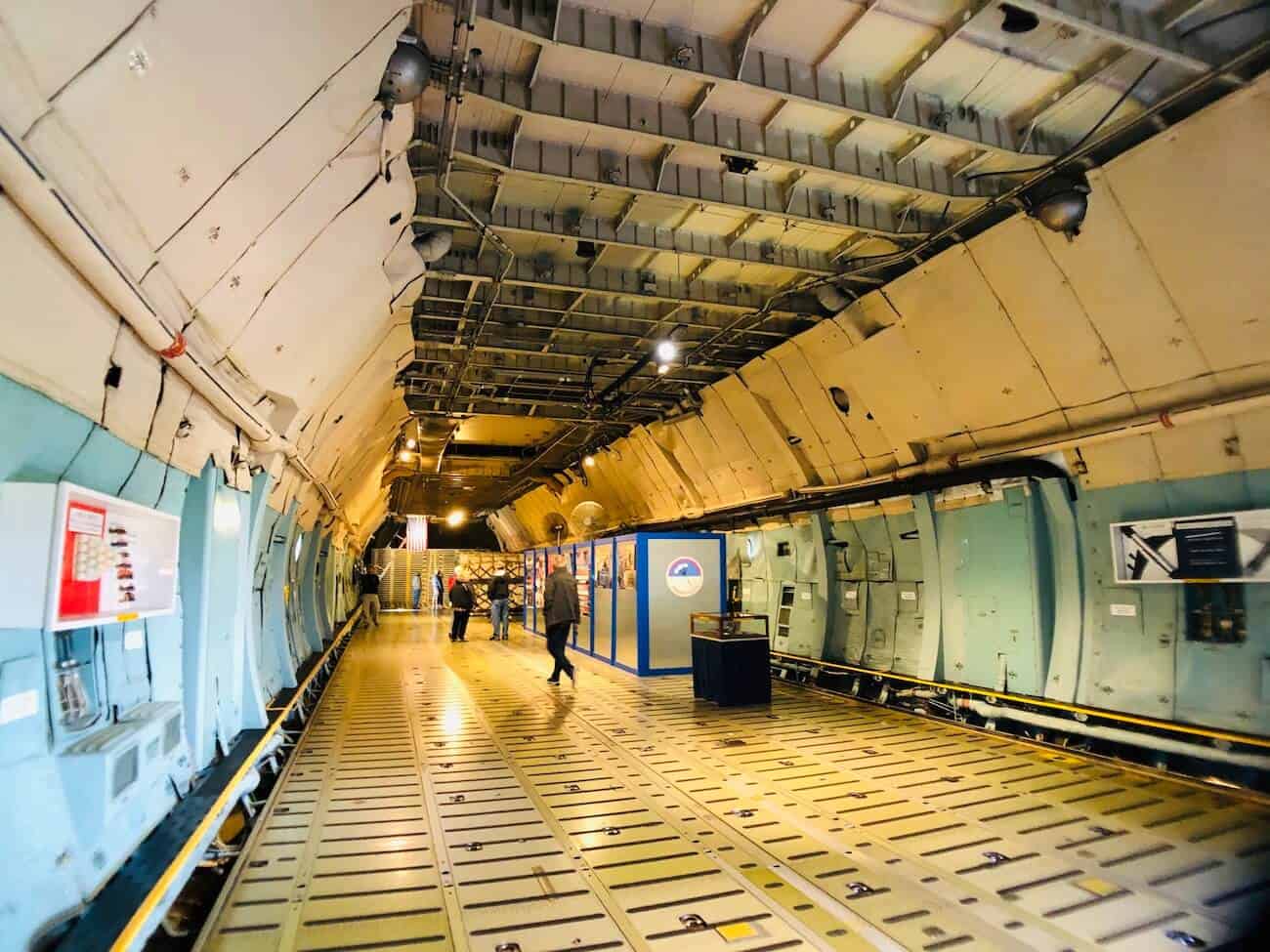
But those memories were via old TVs and via many miles of separation. Now, we were as up close as you could get. I have no words to describe the enormity of this machine … its current version can fly at 500 miles per hour at 34,000 feet while carrying 281,000 pounds of cargo up to 2,100 miles. Then, when we walked into its cavernous cargo bay, I think my jaw dropped. I had the feeling you could fit a small town inside this thing. The C-5A had a compact display inside with a volunteer to provide valuable perspective. If not for any other reason than to experience the AMCM’s C-5A, try to make the time to visit.
The Air Traffic Control Tower
Regarding the control tower, a tour group was in the tower when Lolly and I visited, so we were unable to go up. But here are a few interesting facts:
- The AMCM’s control tower top or “cab” where the air traffic controllers work is the actual cab used at Dover Airforce Base from 1956 until 2009.
- The AMCM’s tower plus cab is 39 feet tall while the original configuration was 103 feet.
In the exhibit’s cab, you can hear live radio communications from the current Dover Air Force Base tower as well as view landings and take-offs at the air base.
In closing, as I stated at the beginning of this post, the AMCM is located at the south end of Dover Air Force Base (DAFB). While Lolly and I were standing on a platform, having just exited a C-141 Startlifter (at the north end of the AMCM with DAFB), a C-5M was preparing to take off — just over the fence in front of us. I would guess it was just four to five hundred yards away. Our first thought was “that’s a big, really big plane.” After that initial impression, its take-off generated three unexpected observations that stuck with Lolly and me:
- this really big plane did not generate a lot of noise taking off,
- this really big plane seemed not to need a lot of runway to take off, and
- this really big plane climbed into the air quickly and at a surprisingly steep angle.
So, when you visit the AMCM be prepared to learn a lot, be surprised, experience the unexpected, and be impressed if not actually amazed.
Nearby Attractions & Map
There’s plenty of fun to be had in southern Delaware. Check out these places shown on the map below.
- Bombay Hook National Wildlife Refuge, Smyrna
- Cape Henlopen State Park, Lewes
- Delaware Beach Guide
- Fresh Pond Trail, Bethany Beach
- Holts Landing State Park, near Bethany Beach
- Indian River Life-Saving Station, Rehoboth Beach
- James Farm Ecological Preserve, near Bethany Beach
- Prime Hook National Wildlife Refuge, north of Lewes
- Trap Pond State Park, Laurel

Final Thoughts
There’s so much to enjoy along the Delaware shore. The beaches rank high, of course. But when you have some time for a visit to the Air Mobility Command Museum, do so! There are lots of things to take in for aircraft enthusiasts (like me) as well as the more casual observer (like Lolly).
Comments?
Feel free to share other spots in Delaware that deserve a visit. Your thoughts and suggestions could help other travelers. Thanks! 🙂

